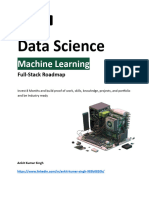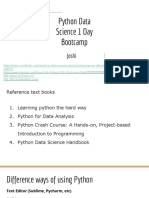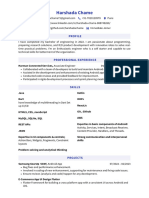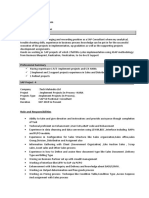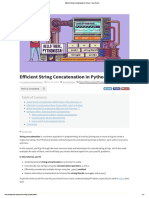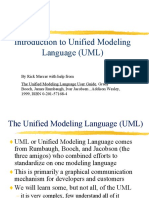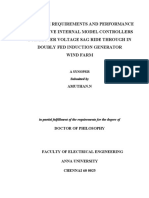0% found this document useful (0 votes)
12 views7 pagesData Analyst - Data Engineer
This document outlines a comprehensive course on data analysis and big data analytics, covering tools like Python, Jupyter Notebook, and libraries such as NumPy and Pandas. It includes topics on data cleaning, visualization, SQL, and working with unstructured data, as well as big data processing using Hadoop and integration with tools like Apache Spark and Flink. The course aims to equip learners with the skills to analyze and visualize data effectively for insights and decision-making.
Uploaded by
rizqi ardiansyahCopyright
© © All Rights Reserved
We take content rights seriously. If you suspect this is your content, claim it here.
Available Formats
Download as PDF, TXT or read online on Scribd
0% found this document useful (0 votes)
12 views7 pagesData Analyst - Data Engineer
This document outlines a comprehensive course on data analysis and big data analytics, covering tools like Python, Jupyter Notebook, and libraries such as NumPy and Pandas. It includes topics on data cleaning, visualization, SQL, and working with unstructured data, as well as big data processing using Hadoop and integration with tools like Apache Spark and Flink. The course aims to equip learners with the skills to analyze and visualize data effectively for insights and decision-making.
Uploaded by
rizqi ardiansyahCopyright
© © All Rights Reserved
We take content rights seriously. If you suspect this is your content, claim it here.
Available Formats
Download as PDF, TXT or read online on Scribd
/ 7


























